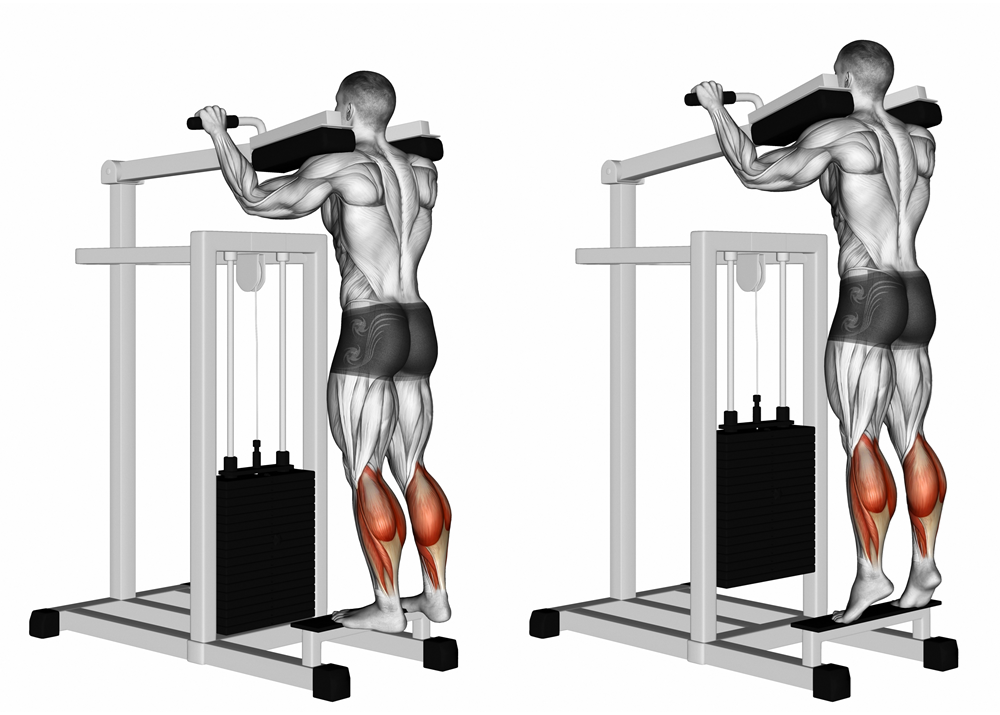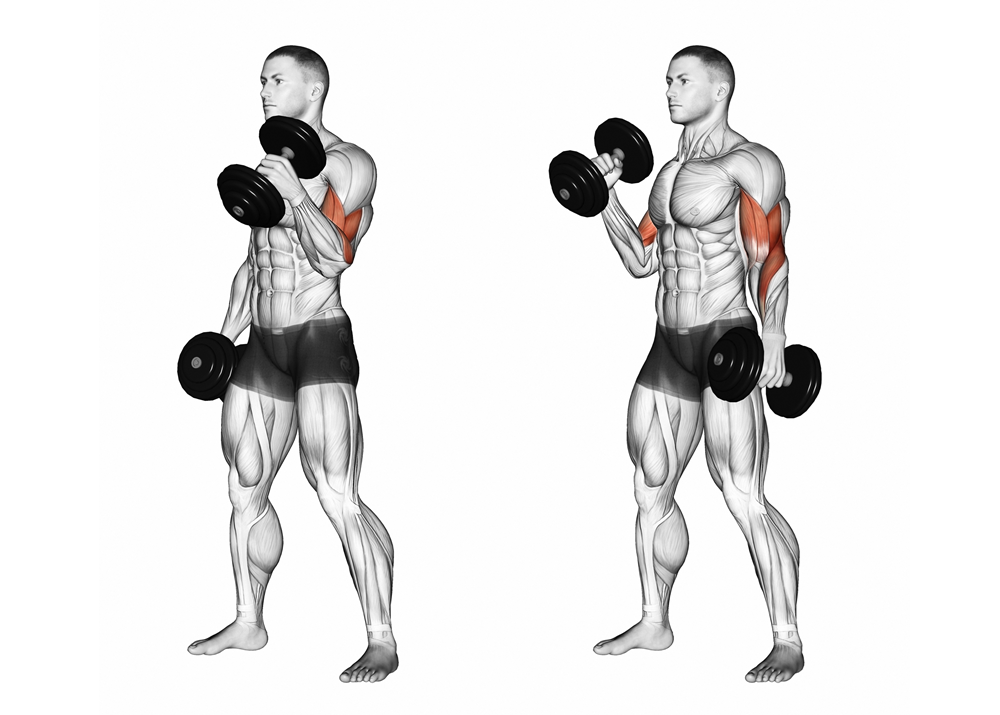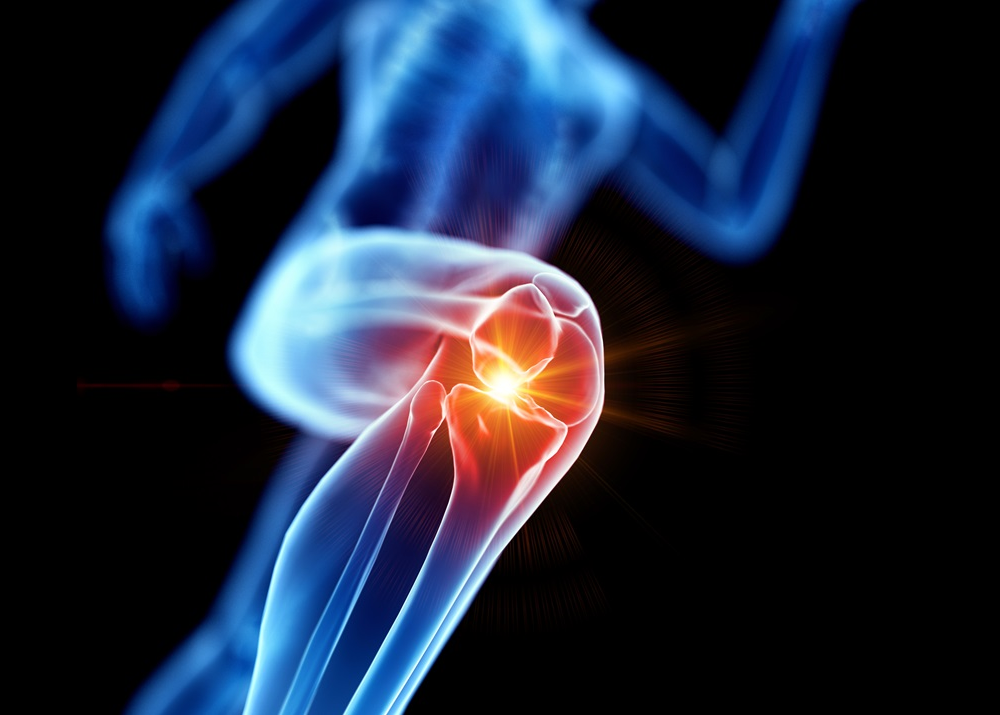When it comes to building strong, well-defined calves, variety is key. One of the most effective ways to target different parts of your calf muscles is by altering the position of your feet during heel raises. Whether you point your toes straight, inward, or outward, each variation engages your calves differently, helping to create a more balanced and aesthetically pleasing look. In this blog, we’ll explore the muscle involvement in each of these heel raise positions, practical tips for performing them effectively, and how to incorporate them into your training routine for optimal results.
Toes Pointed Straight (Neutral Position)
Primary muscles: The gastrocnemius and soleus muscles are the main movers. The gastrocnemius, particularly the medial and lateral heads, is more engaged when performing heel raises in a neutral position.
Synergist muscles: The tibialis posterior and flexor hallucis longus assist in plantarflexion.
Effect: This position provides an even load distribution across the entire calf muscle, emphasizing balanced calf development.
Toes Pointed Inward (Internal Rotation)
Primary muscles: The focus shifts more towards the outer part of the calf, especially the lateral head of the gastrocnemius. The soleus still contributes significantly.
Synergist muscles: Similar muscles assist as in the neutral position, but there's more involvement from the peroneus longus due to the altered angle of the ankle.
Effect: This variation puts more emphasis on the outer calves, helping to shape and strengthen the lateral head of the gastrocnemius.
Toes Pointed Outward (External Rotation)
Primary muscles: The inner part of the calf, particularly the medial head of the gastrocnemius, becomes more engaged with the toes pointed outward. The soleus still plays a key role in plantarflexion.
Synergist muscles: The tibialis posterior and flexor hallucis longus remain active, but there’s an increased involvement of the inner muscles of the lower leg.
Effect: This variation targets the inner calf muscles more effectively, specifically the medial head of the gastrocnemius, contributing to a fuller calf appearance over time.
Practical Tips for Incorporating Heel Raise Variations
-
Warm-Up Properly: Start with light stretching and some ankle mobility exercises to prepare your calves and ankles for the movement. This will help avoid injury and improve your range of motion.
-
Start with Bodyweight: If you’re new to these variations, start with bodyweight heel raises to get a feel for each position. Focus on controlled movements and contracting the calves at the top of each rep.
-
Progress Gradually: Once you're comfortable with bodyweight heel raises, you can add resistance by using dumbbells, a barbell, or a calf raise machine. Aim to increase the resistance or reps gradually.
-
Use Full Range of Motion: Lower your heels as far as possible at the bottom of each rep to fully stretch the calf muscles and rise as high as you can on your toes to maximize the contraction.
-
Mind-Muscle Connection: Concentrate on feeling the part of the calf you’re targeting with each variation. This will enhance your focus on engaging the correct muscles and improving effectiveness.
-
Rest and Recovery: Give your calves adequate rest between sessions to prevent overtraining. Foam roll your calves post-exercise to release tension and improve recovery.
Conclusion
These variations can be useful for targeting different parts of the calf muscles, leading to more well-rounded muscle development. Mixing them up in your routine ensures you engage different muscle fibers and optimize growth across the entire calf.



